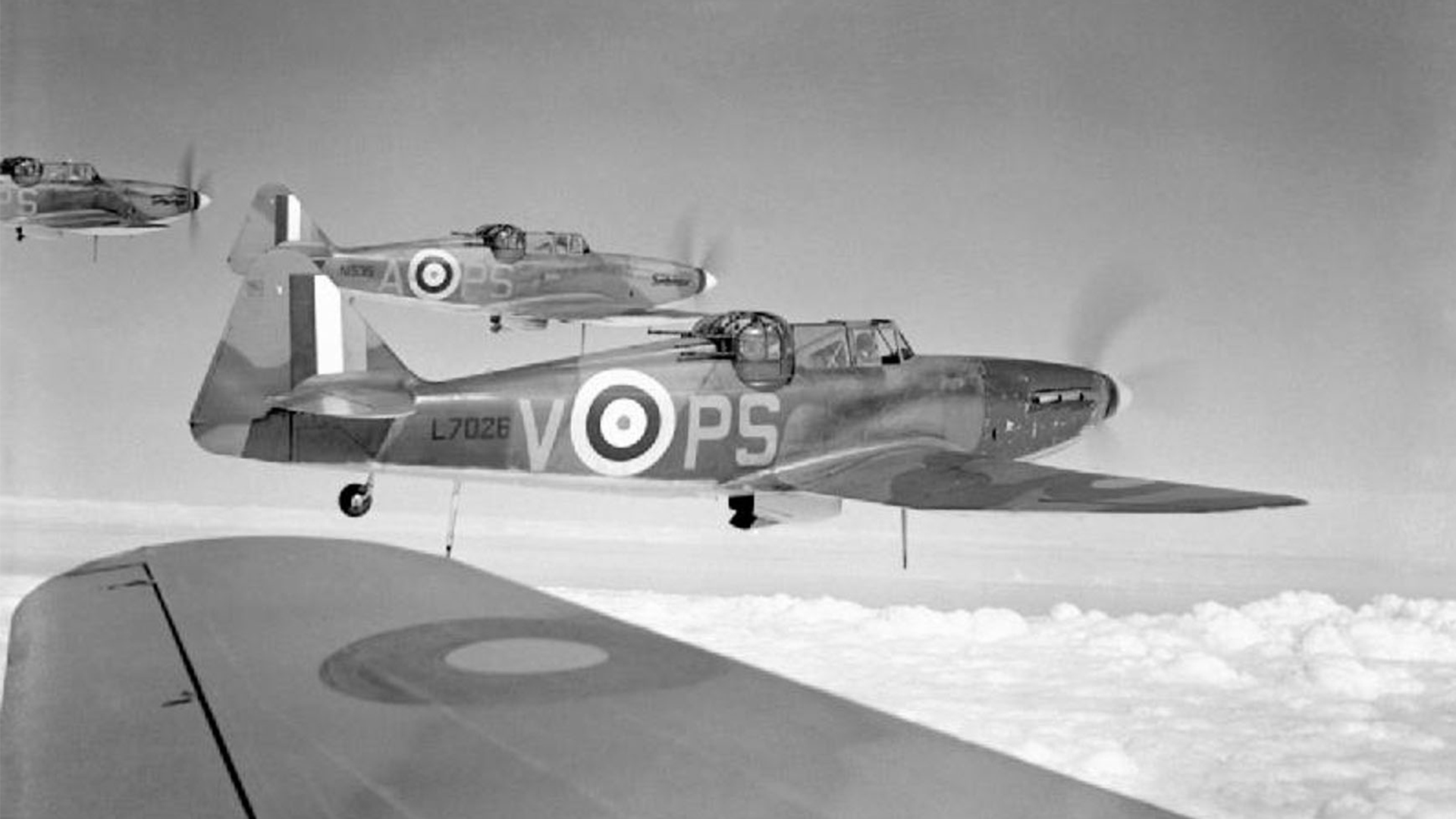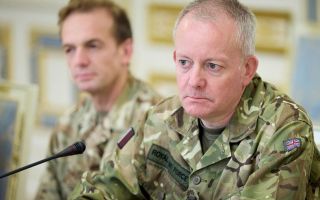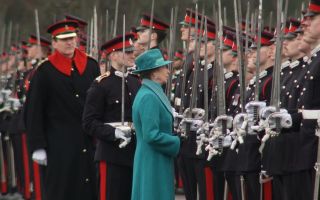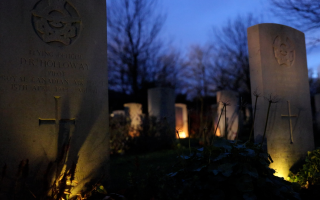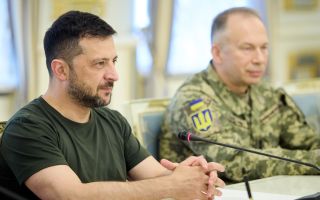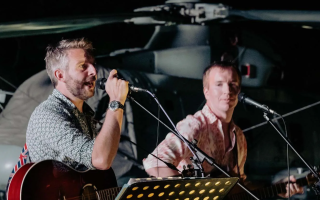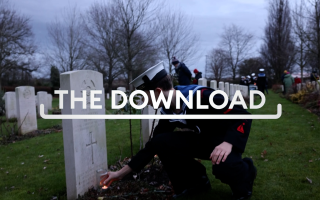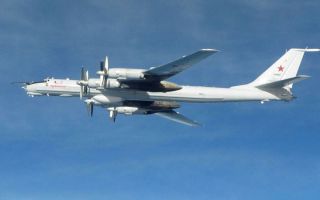Wing of rare German Dornier Do 17 shot down during Battle of Britain going on display
The wing of the last surviving Dornier Do 17 is set to go on display for the first time, having been laying underwater for more than seven decades.
The Dornier 17, a light German bomber, was used by the Luftwaffe during the early campaigns of the Second World War, including the Battle of Britain.
This particular aircraft was shot down in 1940 by an RAF Boulton Paul Defiant. It crash-landed into the sea just off the coast of Kent, where it lay for 72 years before being lifted to the surface.
- Epic task of restoring WW2 Lancaster to flight
- Campaigners battle to protect resting place of wartime aircrew
- They Were There: The WW2 project by the maverick pilot who flew under Tower Bridge
The Dornier Do 17 was known by the Luftwaffe as the "flying pencil" due to its slender fuselage.
This iconic aircraft is the only known survivor, although the wreck of another Do 17 can be found where it crashed in Norway.
The one recovered off Kent was taken to the RAF Museum Midlands in 2013.
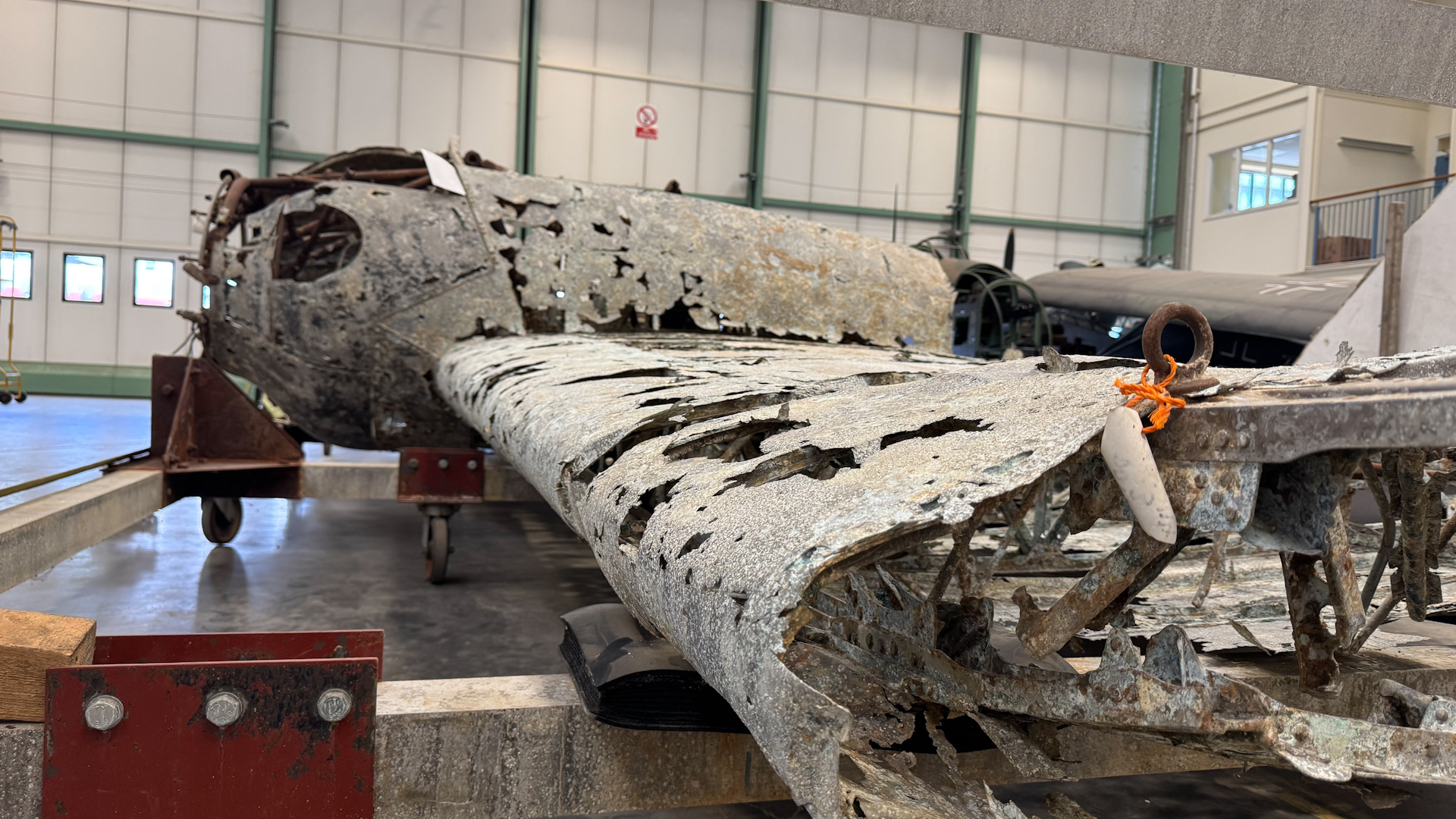
It's been extensively looked after by a conservation team who have painstakingly scraped away barnacles and sea debris.
Tom Hopkins, the museum's curator for aircraft and exhibits, said: "It's been in polytunnels being soaked with a solution of citric acid to remove the significant amount of marine accretion.
"The bulk of the airframe is made from aluminium alloy, a very light material, but quite sensitive to salt water corrosion.
"We can see on sections of the skin that it's actually fared quite poorly."
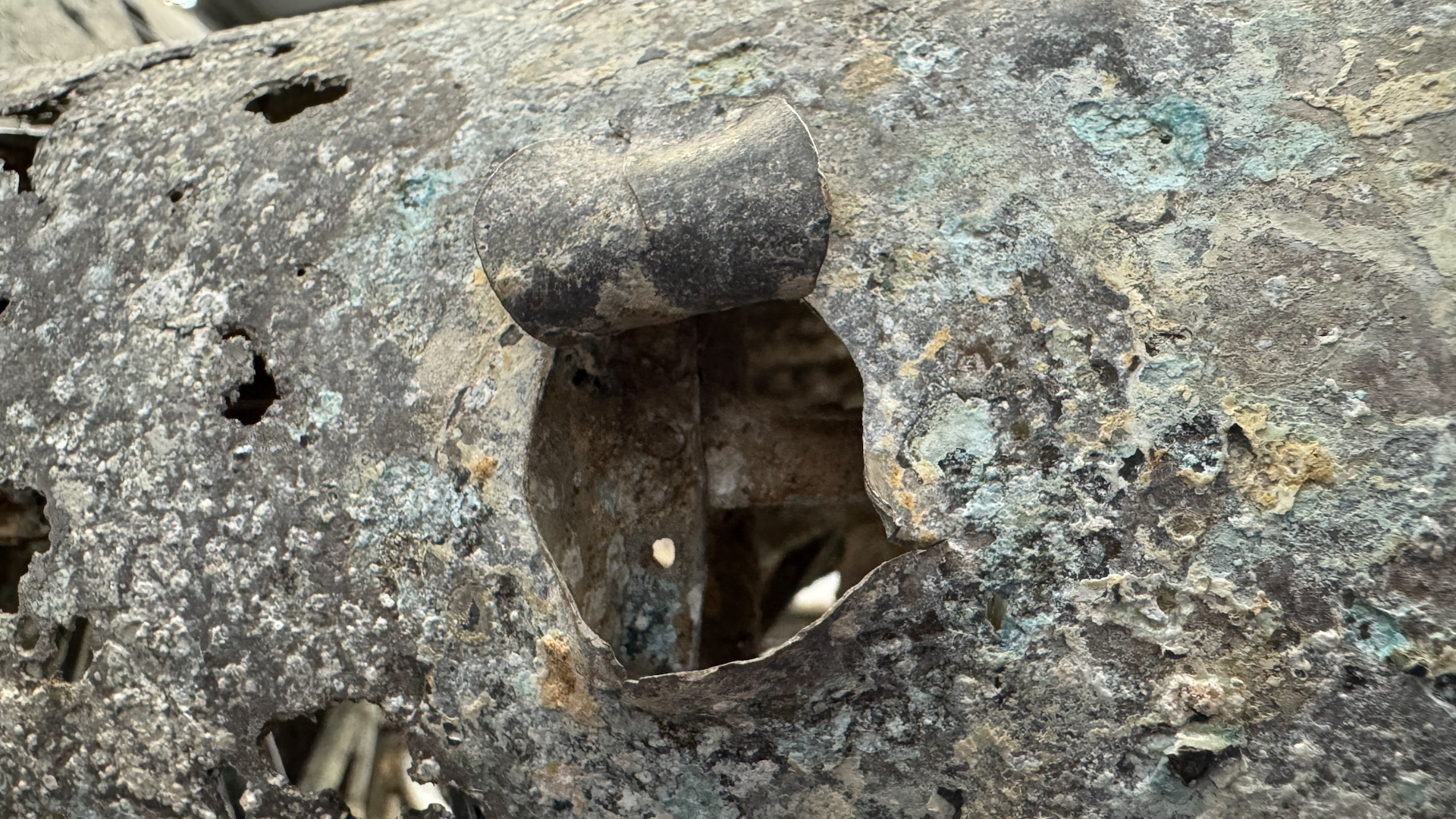
Mr Hopkins explained that in contrast to the aluminium panels, the steel components had held up well, only showing rust.
But the part that fared best was the rubber tyre from one of the main landing gear legs.
"You can just make out some of the marks left on it by barnacles," the curator said.
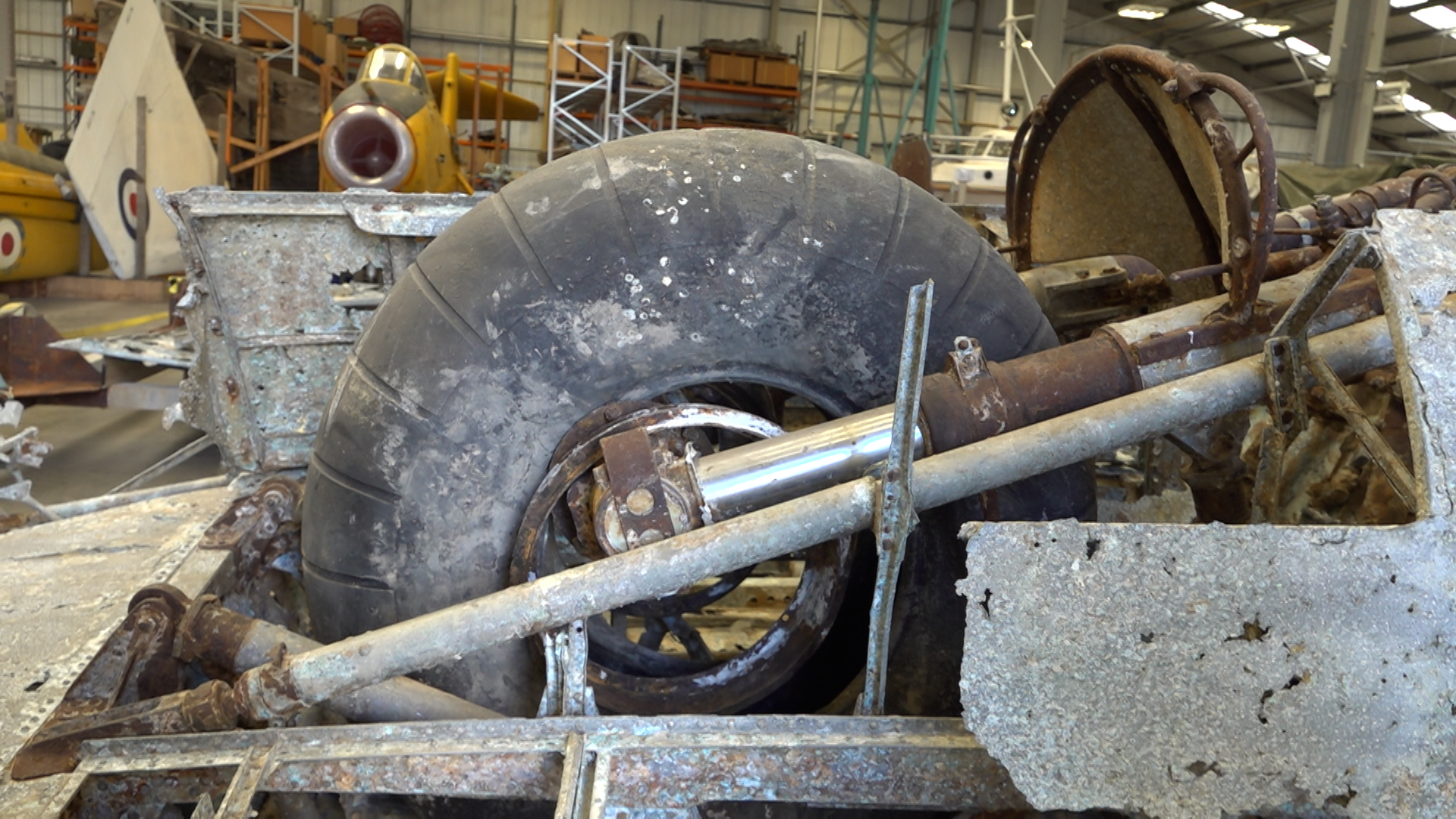
The aircraft will be going on display inside the RAF Museum Midlands' Battle of Britain hangar, where it will sit next to the aircraft type that shot it down, the Boulton Paul Defiant.
Mr Hopkins said: "When this was engaged in combat with Boulton Paul Defiantof 264 Squadron it would have been absolutely riddled with .303 rounds from their machine guns.
"We can see evidence of where the Dornier was hit by those rounds with holes in the skin that we can see how the metal has peeled back as if the round was passing through it at speed and actually deforming the metal."
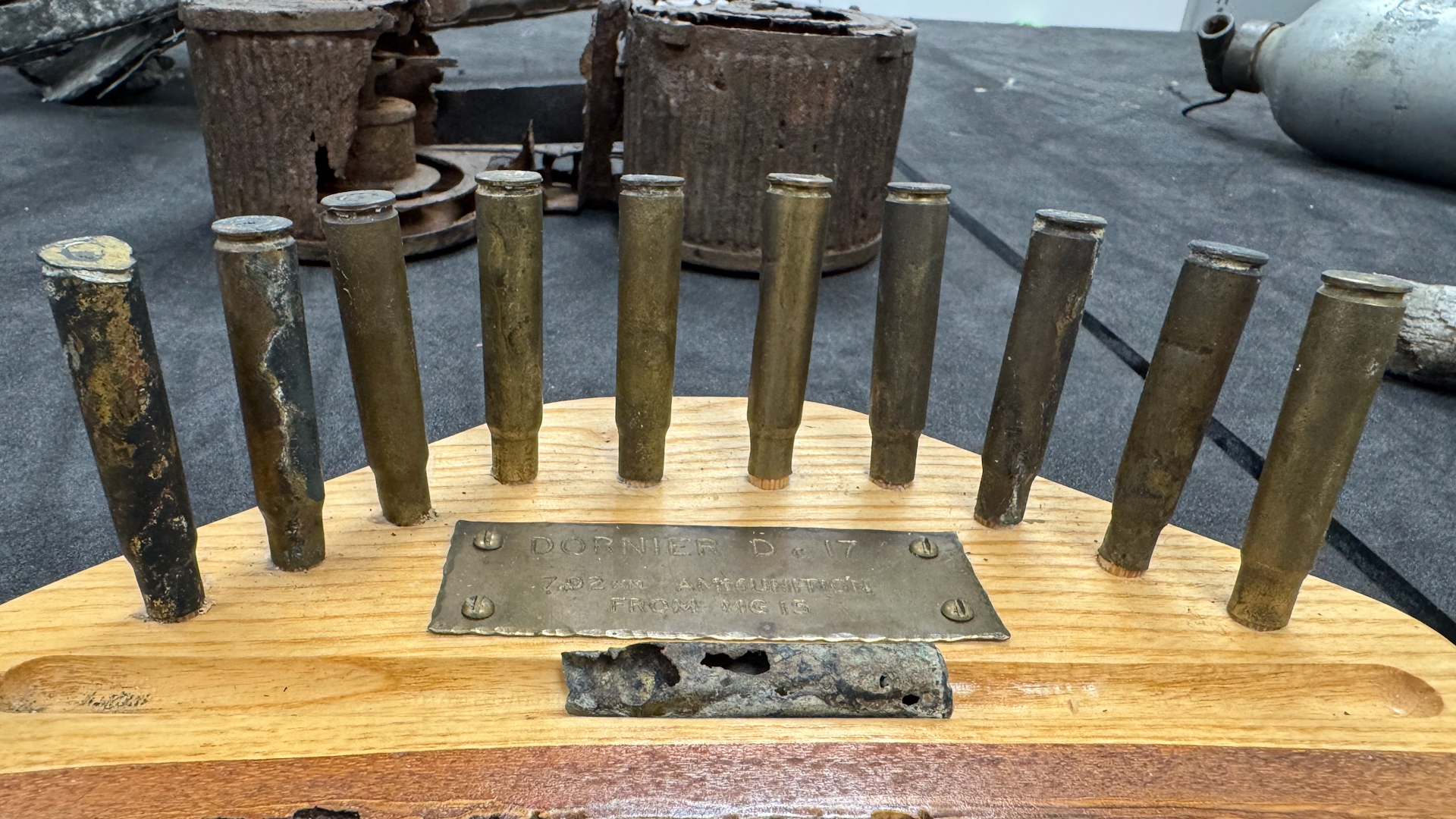
Amongst the crash site, smaller objects were also salvaged.
These include some of the spent cases from the 7.92mm rounds fired by the Do 17's MG 15 machine gun during the deadly firefight before it crashed into the English Channel.
The MG 15's double-drum magazine still had some live rounds inside.
A medical kit consisting of a hypodermic needle and a syringe with ampules that still hold aspirin and caffeine was also recovered, along with a Walther flare gun, a gravity knife designed to be opened with one hand, and an oxygen tank and regulator.
